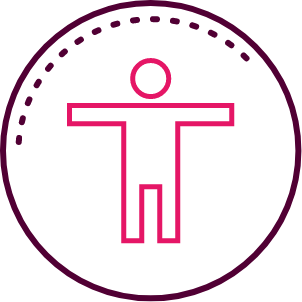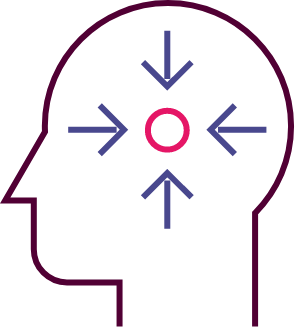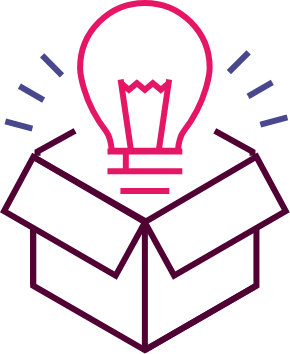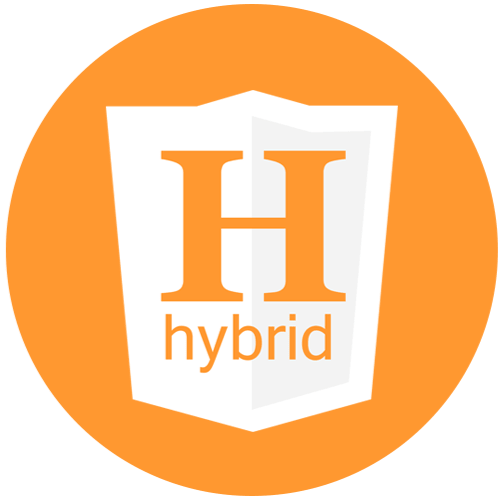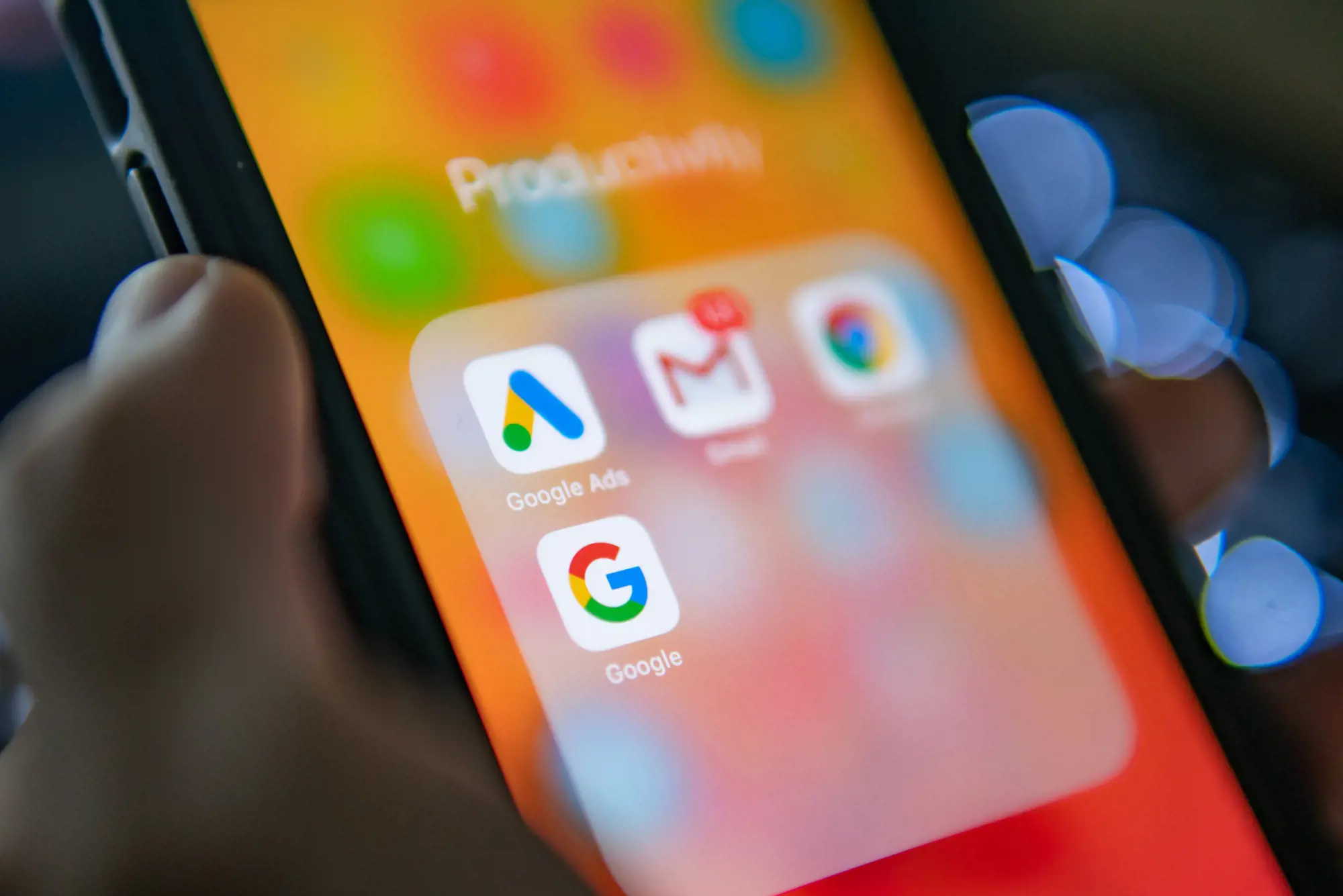
Apps
How we make an app
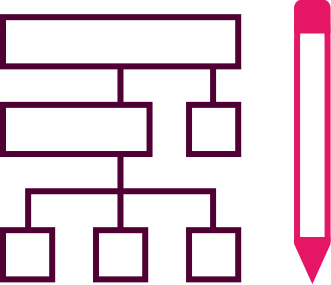
1. Strategy
We define strategic goals to develop your ideas and needs into a successful app that integrates with other value-creating sales channels.
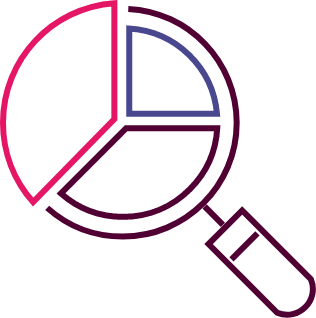
2. Analysis and Planning
We identify prerequisites in a workshop, define team structure, and prepare a roadmap.
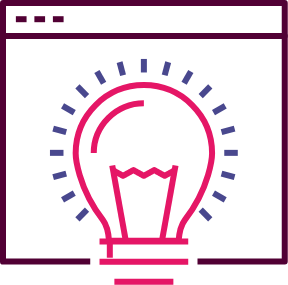
3. UI/UX Design
We develop an interactive, user-friendly app with an experience design that engages the user and ensures intuitive attention to the platform. App information architecture, design, and type are considered. Everything is exemplified in mock-ups and prototypes.
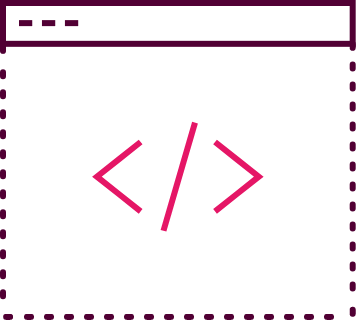
4. App Development & Technology
We plan the app's IT architectural capabilities and establish success criteria for the development process, including backend, frontend, technology, and API.
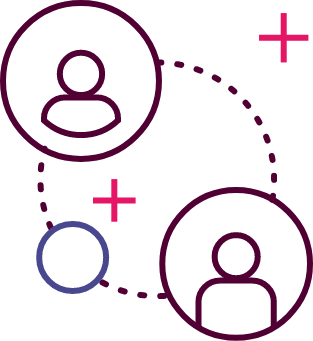
5. Consumer & Market Testing
We ensure the app's mobile functionality through thorough security, quality checks, and user testing. We constantly monitor how the app performs on our digital data scoreboard, where we navigate the development down to the smallest detail to ensure a 100% satisfaction guarantee.
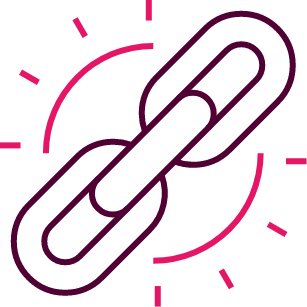
6. Launch, Maintenance, and Support
Now it's time to launch the app via the App Store and Google Play. Title, description, category, keywords, publishing icon, and screenshots should be carefully selected to give the app the highest possible score in the launch process. We will continue to assist you.
3 reasons why you should have an app

Novicell has been very accommodating and flexible throughout the process, which has required something from all parties, as the modernisation of our previous platform necessitated a lot of investigations and new development. The improved front-end now in the pipeline is our first step together. We look forward to the series of upcoming improvements that are just around the corner that will further elevate the customer experience.
